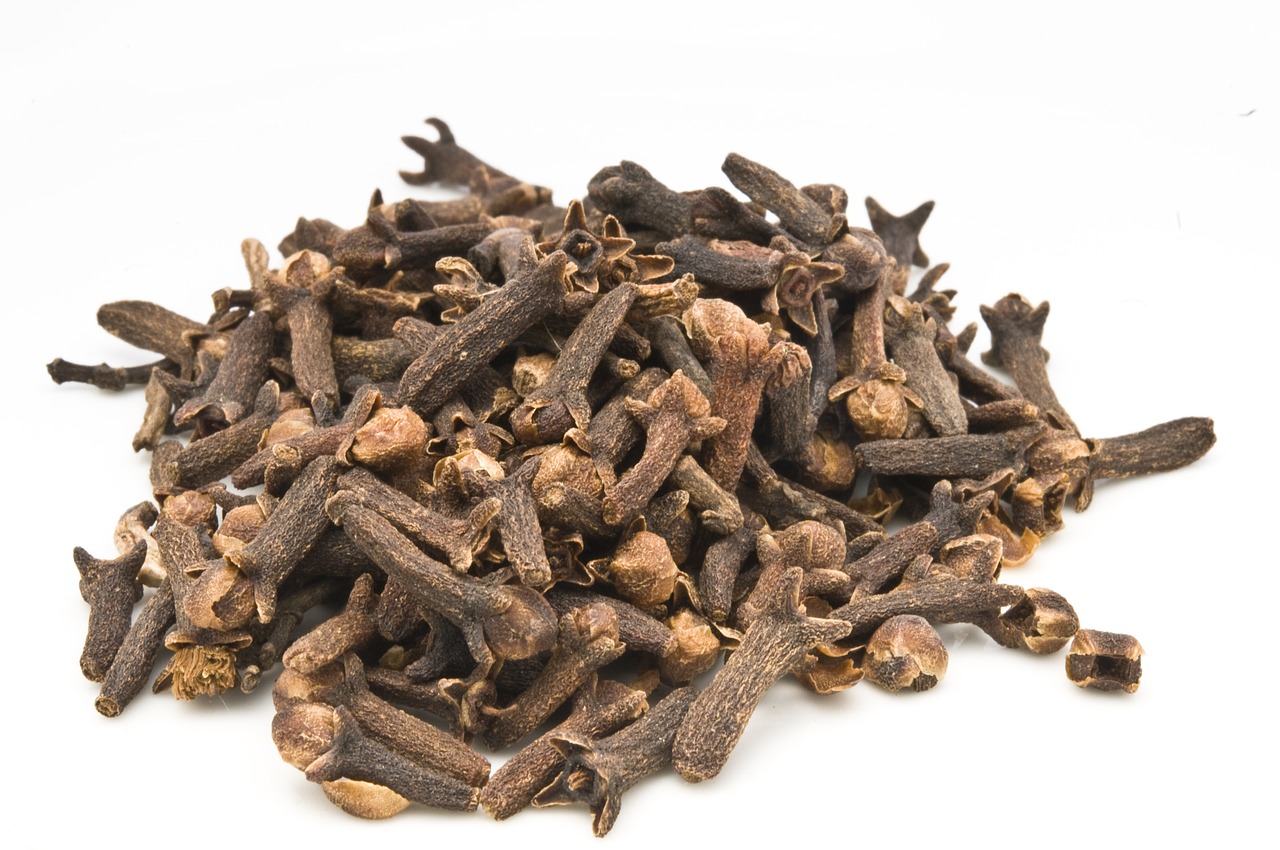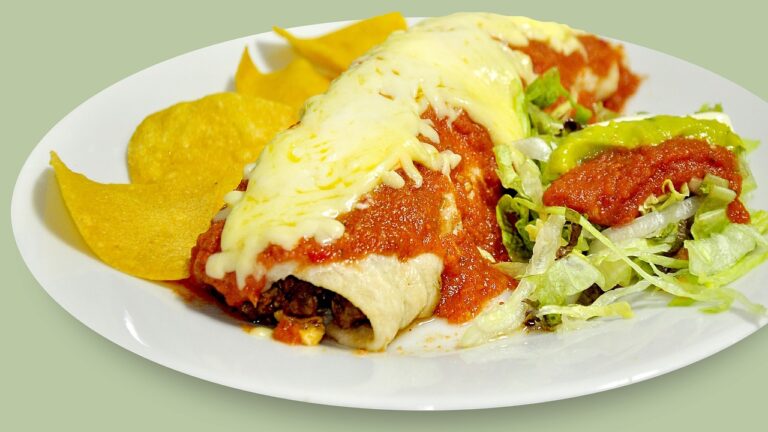Navigating Food Labels: Understanding Sustainable and Ethical Sourcing Practices
When navigating the myriad of food products available in the market, understanding key terms on food labels is crucial for making informed choices. Terms like “Organic” indicate that the food has been produced without synthetic pesticides or fertilizers, promoting environmental sustainability and potentially a higher nutrient content. “Non-GMO” signifies that the product does not contain genetically modified organisms, reassuring consumers concerned about the impact of GMOs on health and the environment.
On the other hand, the term “Grass-fed” on meat or dairy products indicates that the animals were fed a diet primarily consisting of grass or forage, which may contribute to higher levels of certain nutrients like omega-3 fatty acids. “Free-range” or “Pasture-raised” denote that the animals had access to the outdoors, promoting better animal welfare and potentially higher-quality meat or eggs. Understanding these key terms empowers consumers to make choices aligned with their values and health priorities.
• “Organic” indicates food produced without synthetic pesticides or fertilizers
• “Non-GMO” means the product does not contain genetically modified organisms
• “Grass-fed” on meat or dairy products signifies animals were primarily fed grass or forage
• “Free-range” or “Pasture-raised” indicate animals had access to outdoors
The Difference Between Sustainable and Ethical Sourcing
Sustainable sourcing focuses on reducing environmental impact by using practices that do not deplete natural resources or harm ecosystems. This involves implementing methods that support long-term ecological balance and protect biodiversity.
On the other hand, ethical sourcing pertains to the social and ethical considerations involved in production, such as fair labor practices, human rights, and animal welfare. Companies that prioritize ethical sourcing aim to ensure that their products are made in a way that upholds moral values and respects the rights and well-being of all individuals involved in the supply chain.
How to Identify Fair Trade Products
Fair trade products carry a distinct label that often includes a logo of a certification organization like Fairtrade International or the Fair Trade Certified seal. This label signifies that the product meets specific criteria related to fair wages, safe working conditions, and environmentally sustainable practices. When scanning the shelves for fair trade products, keep an eye out for these recognizable symbols that indicate the ethical sourcing behind the items.
In addition to looking for the official fair trade label, check the product packaging or description for specific details on how the item was sourced. Fair trade products often provide transparent information about the farmers or artisans involved in the production process, highlighting the positive impact of purchasing these goods. By reading the fine print and understanding the sourcing practices of a product, consumers can make informed choices to support fair trade initiatives and contribute to a more equitable global supply chain.
What are some key terms to look for on food labels to identify fair trade products?
Some key terms to look for on food labels include “Fair Trade Certified,” “Fair for Life,” “Direct Trade,” or “Ethically Sourced.”
What is the difference between sustainable and ethical sourcing when it comes to fair trade products?
Sustainable sourcing focuses on minimizing environmental impact, while ethical sourcing ensures fair wages and working conditions for producers. Fair trade products typically encompass both sustainable and ethical practices.
How can I identify fair trade products when shopping?
Look for certification labels on products, research brands that are known for their fair trade practices, and support retailers that prioritize fair trade products in their inventory.







